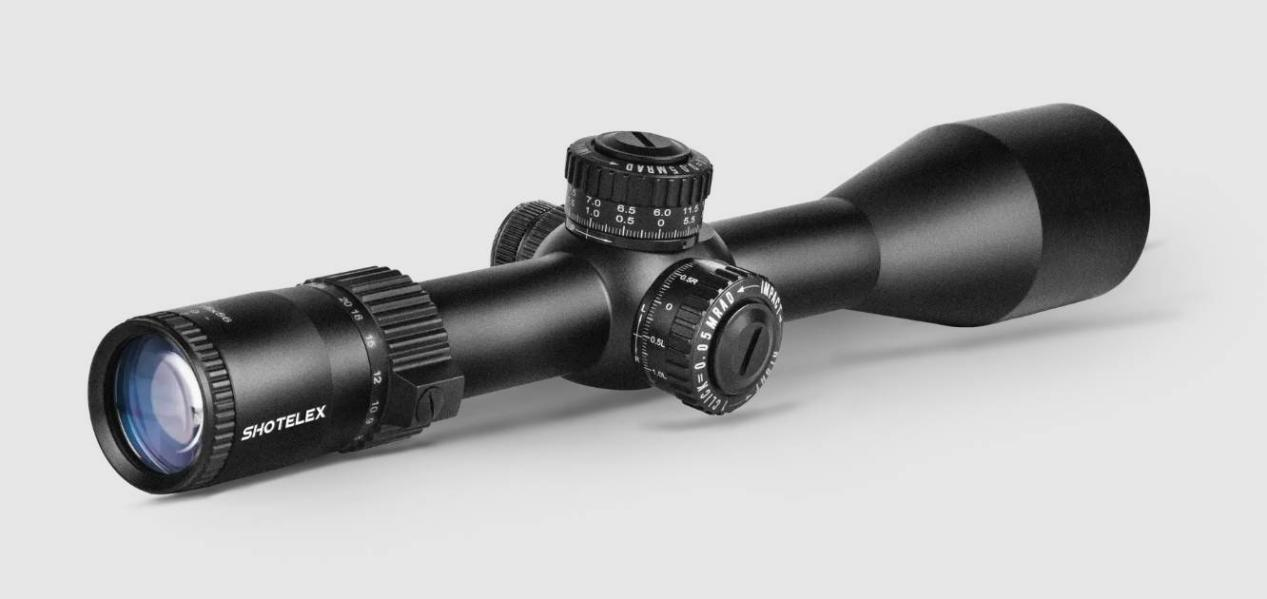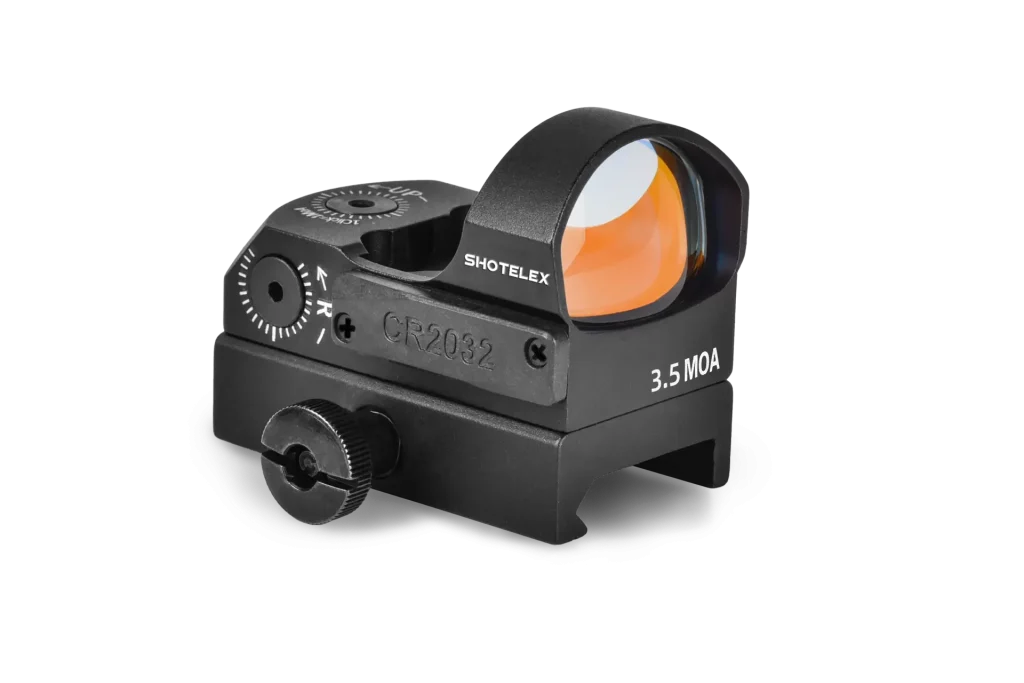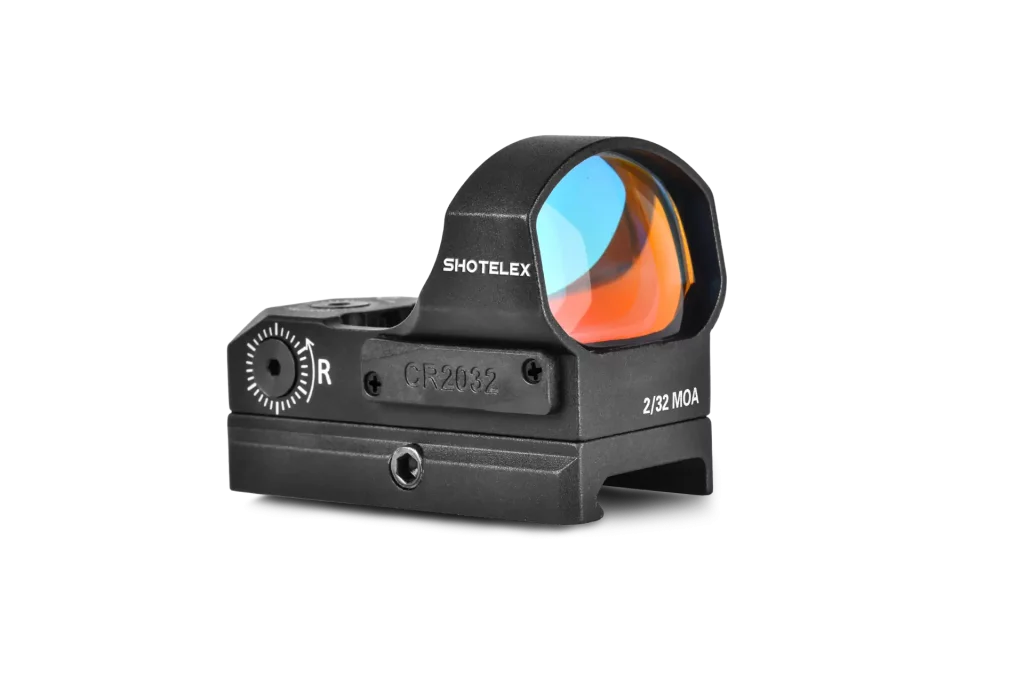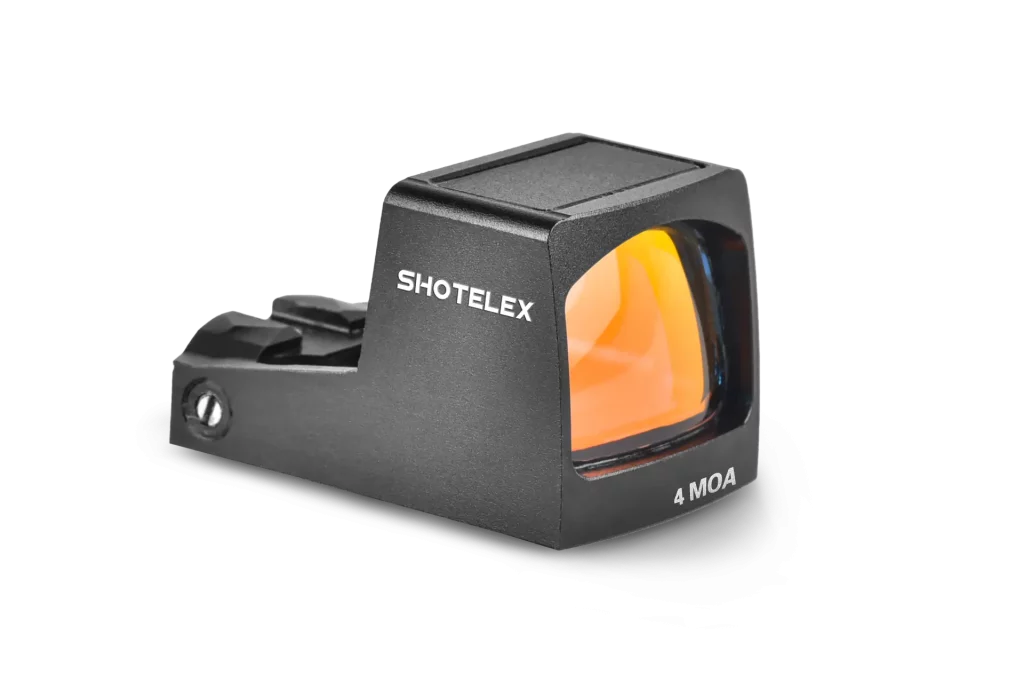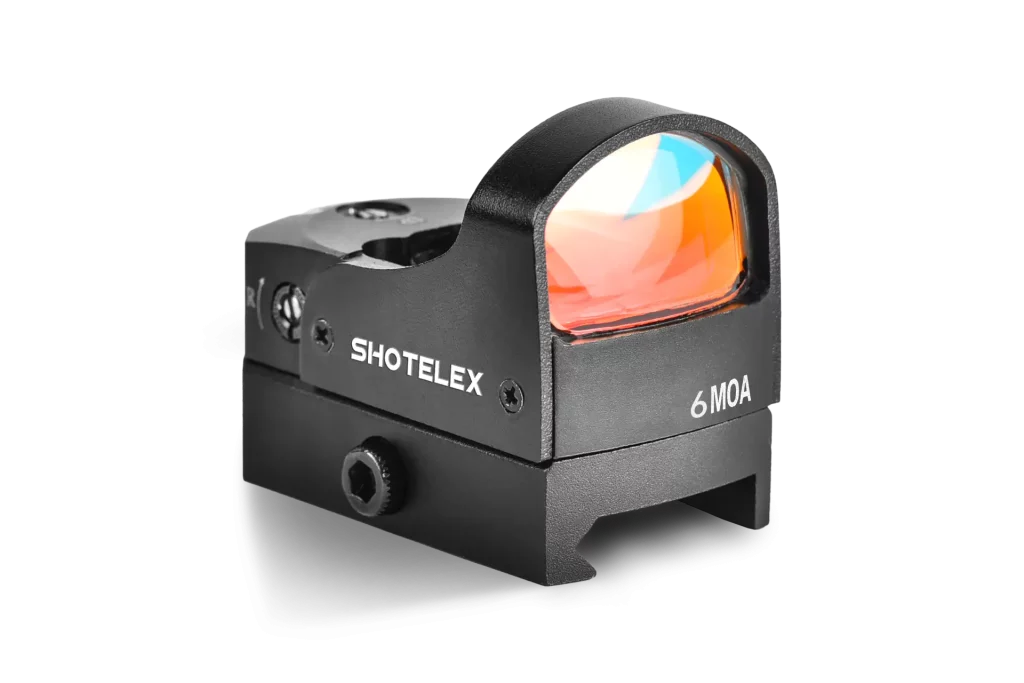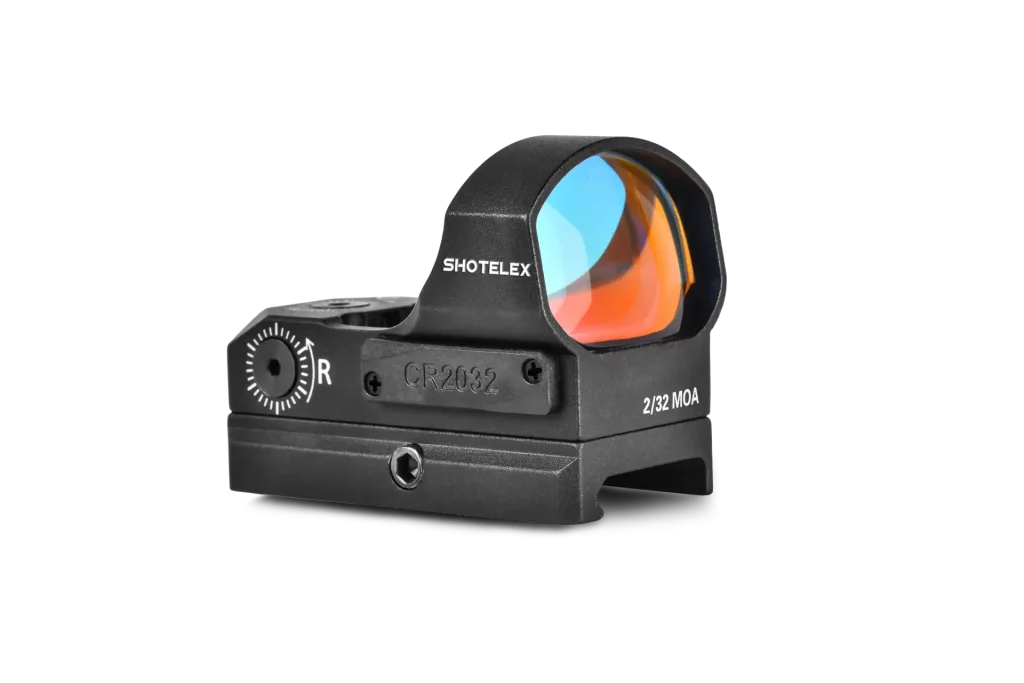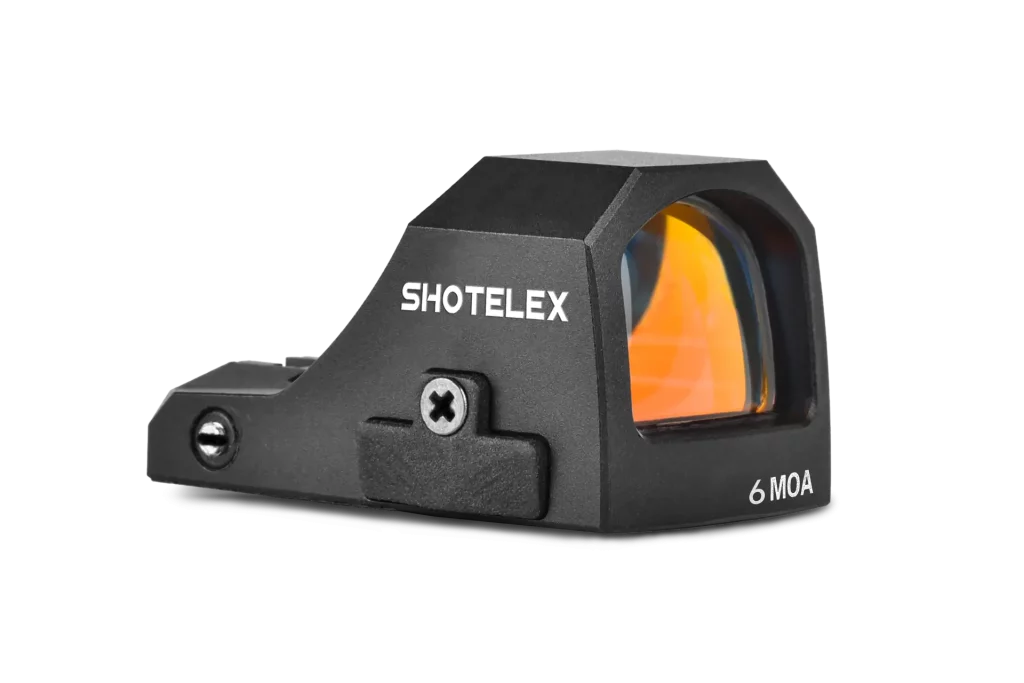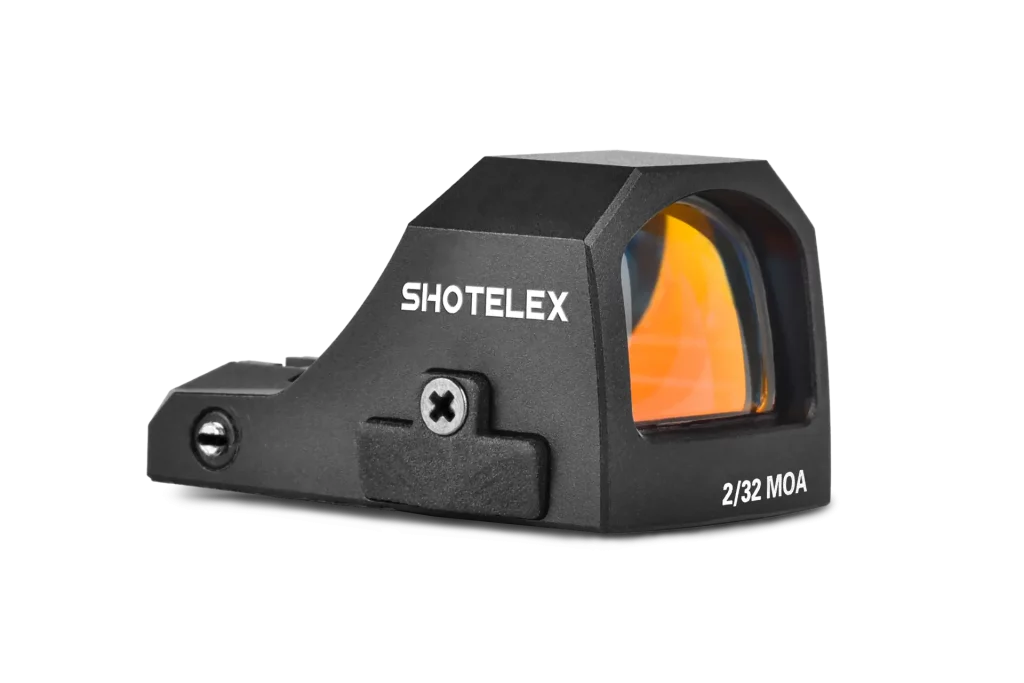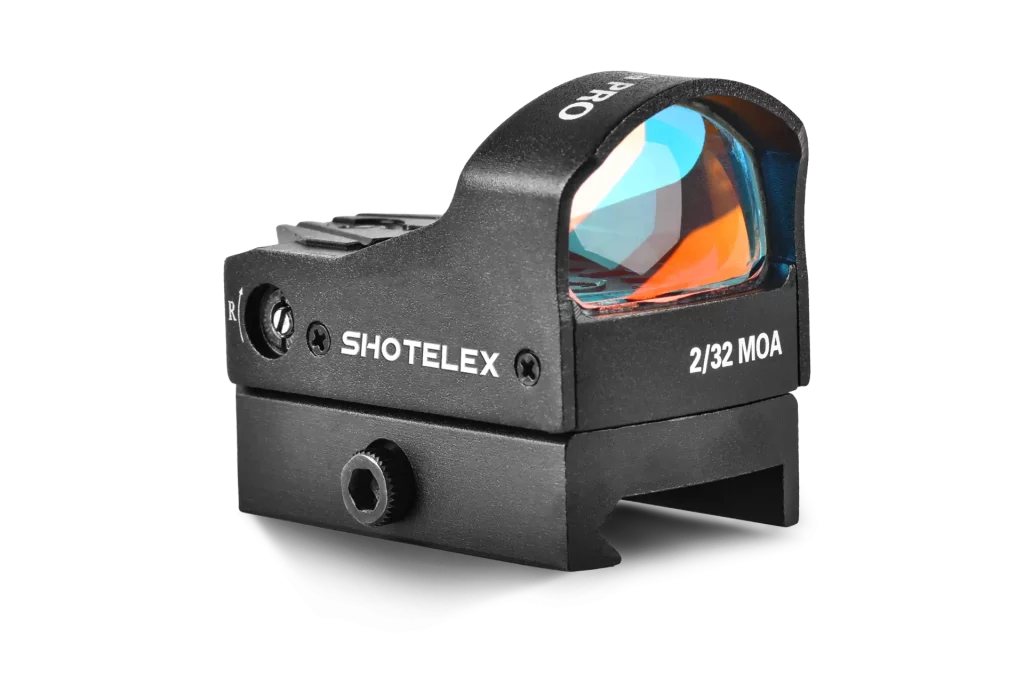Chinese Riflescope Manufacturers: Transforming the World of Custom Scopes
The evolution of riflescopes has transformed firearms into precision instruments, enhancing marksmanship, hunting, and shooting sports. With technological advancements in optics, demand for high-quality, customizable riflescopes has soared. While Western manufacturers have traditionally dominated the riflescope market, Chinese riflescope manufacturers are now emerging as key players, producing high-quality optics and offering innovative, affordable, and customizable options. This article delves into the role of riflescopes, the complex process of how they’re made, the key performance factors, and why Chinese riflescope manufacturers are worth considering for custom rifle scopes.
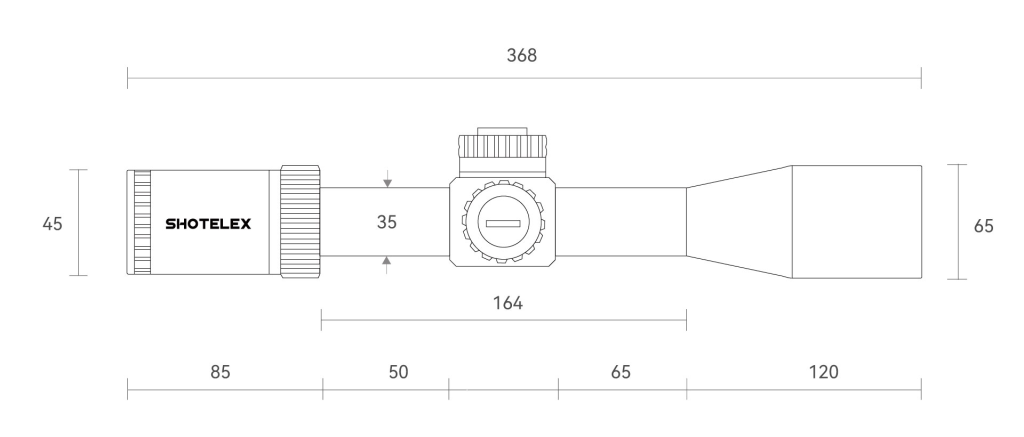
The Indispensable Role of Riflescopes in Hunting
A riflescope is an optical instrument that amplifies the image of a distant target, allowing hunters to acquire precise aim and make accurate shots. It comprises several essential components:
- Objective Lens: The front lens gathers light and focuses it onto the internal lens system.
- Eyepiece: The rear lens magnifies the image and delivers it to the shooter’s eye.
- Tube: The housing that encloses the optical components, providing structural integrity and protection.
- Reticle: A pattern of crosshairs or dots etched onto a glass surface within the tube, aiding in target acquisition and aiming.
- Adjustment Knobs: These mechanisms allow for precise adjustments to elevation and windage, compensating for environmental factors and bullet drop.
A high-quality riflescope significantly enhances a hunter’s ability to:
- Identify targets: A clear, magnified image enables hunters to distinguish game animals from other objects in the field.
- Estimate range: Accurate range estimation is crucial for precise shot placement, and many riflescopes feature rangefinding reticles or built-in rangefinders.
- Account for environmental factors: Wind, temperature, and humidity can affect bullet trajectory. Riflescopes with adjustable turrets allow hunters to compensate for these variables.
- Improve shot placement: A well-aligned riflescope ensures that the bullet strikes the intended target, maximizing the chances of a clean kill.
How Riflescopes Are Made: A Complex Process of Precision Engineering
The manufacture of riflescopes is an intricate process requiring specialized materials, sophisticated machinery, and meticulous attention to detail. Each component undergoes a series of precise steps to ensure that the final product performs under varying conditions. Here’s a breakdown of how riflescopes are made:
1. Lens Grinding and Polishing
High-quality lenses are the core of any good riflescope. Manufacturers source optical-grade glass, which is ground and polished to exacting standards. The process removes imperfections and prepares the lens to transmit light effectively. Specialized coatings are often applied to enhance light transmission, reduce glare, and prevent scratches, which ensures maximum clarity and brightness in diverse lighting conditions.
2. Tube Construction
The scope tube must be sturdy and able to withstand impacts from recoil, environmental pressures, and rough handling. Typically made from aluminum or steel, the tube is machined to specific dimensions, ensuring that it is both durable and lightweight. Manufacturers often anodize the tube, adding a corrosion-resistant coating for enhanced durability. Tube construction also considers waterproofing and shock resistance to prevent internal damage.
3. Reticle Installation
The reticle, often a delicate etched glass pattern or fine wire, is carefully aligned and installed within the tube. The reticle’s placement and design depend on the intended application, such as hunting, tactical shooting, or long-range competition. For instance, hunters might favor BDC reticles for quick range estimation, while target shooters might prefer a more minimal crosshair.
4. Assembly and Testing
In the final stages, the lenses, tube, and reticle are assembled into a complete scope, then subjected to rigorous testing. Each riflescope is tested for shock resistance, optical clarity, and waterproofing to ensure it meets performance standards. This stage is critical in maintaining zero – the alignment of the scope with the firearm – after recoil, impacts, and environmental exposure.
Chinese riflescope manufacturers are particularly adept at these processes, thanks to advanced automation and investment in modern optics technology. In recent years, their production techniques have greatly improved, allowing them to create high-quality scopes that perform well against Western-made scopes.

Factors Affecting Riflescope Performance
Several key factors affect how well a riflescope performs in the field, from optical quality to environmental durability. When choosing a riflescope, understanding these factors can help shooters make an informed decision.
1. Optical Quality
- Glass Clarity: The clarity of the glass impacts the user’s ability to see fine details in the target. High-quality glass with anti-reflective coatings reduces glare and enhances visibility.
- Light Transmission: The lens’s ability to transmit light affects how bright and clear the image appears, particularly in low-light conditions.
- Resolution: Resolution determines the level of detail visible through the scope, which is essential for identifying targets at various distances.
2. Mechanical Precision
- Durability: A riflescope must endure the conditions of field use, including exposure to weather, heavy recoil, and rough handling.
- Shock Resistance: Maintaining optical performance after exposure to recoil or impact is crucial. Quality scopes undergo rigorous testing to ensure they can handle high-caliber firearms.
- Waterproofing: Waterproofing, often achieved with O-rings and nitrogen purging, is essential for maintaining performance in rain, humidity, and dusty conditions.
3. Ergonomics
- Eye Relief: This is the distance between the eyepiece and the shooter’s eye, providing comfort and safety, especially with high-recoil firearms.
- Eye Box: The range of eye positions that allow for a full view through the scope; a wider eye box makes sighting easier and faster.
- Reticle Design: The design of the reticle should match the shooter’s specific needs, whether for close-range hunting or long-range shooting.
4. Environmental Factors
- Temperature Resistance: A riflescope should perform consistently across a wide range of temperatures to avoid shifts in zero or image clarity.
- Humidity Protection: Moisture control within the scope prevents fogging and internal damage, ensuring it remains operational in damp or wet conditions.
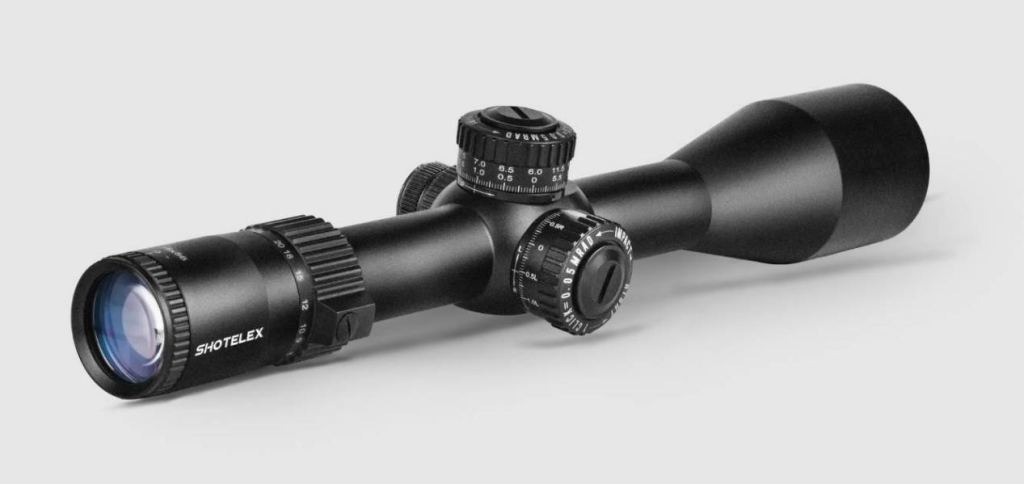
The Rise of Chinese Riflescope Manufacturers
Chinese riflescope manufacturers have seen significant growth in the optics industry, becoming reputable suppliers of custom riflescopes and high-performance optics. With investments in research and development, streamlined production, and improved quality control, they’re delivering scopes that rival Western brands. Here’s why they’re an increasingly popular choice:
- Cost-Effective Solutions: Chinese manufacturers offer affordable options without compromising on essential features, making them accessible to a broader range of consumers.
- Customization Options: Many Chinese manufacturers are flexible with custom requests, tailoring riflescopes to specific needs like reticle patterns, magnification, and tube diameter.
- Rapid Innovation: Chinese companies are actively innovating, often incorporating advanced materials, new lens coatings, and modern reticle designs at competitive prices.
- Quality Control: Over the past decade, Chinese manufacturers have implemented rigorous testing procedures to ensure reliability, resulting in improved consumer trust and a growing reputation for quality.
Why Choose Chinese Riflescope Manufacturers for Custom Scopes?
For hunters and shooters interested in custom rifle scopes, Chinese manufacturers offer several distinct advantages:
- Tailored Solutions: Many Chinese brands are willing to collaborate with customers to develop custom features, such as specific reticle types or unique tube dimensions, allowing users to get a scope built precisely for their needs.
- Quick Turnaround Times: Unlike some Western brands, Chinese manufacturers often have faster production and shipping times, getting custom scopes into the hands of shooters sooner.
- Competitive Pricing: Chinese scopes are typically more affordable than Western brands, even when customized, allowing shooters to invest in high-quality optics without stretching their budget.
- Growing Reputation: As Chinese companies continue to focus on quality, their reputation is steadily improving among enthusiasts, making them a viable option in the optics market.
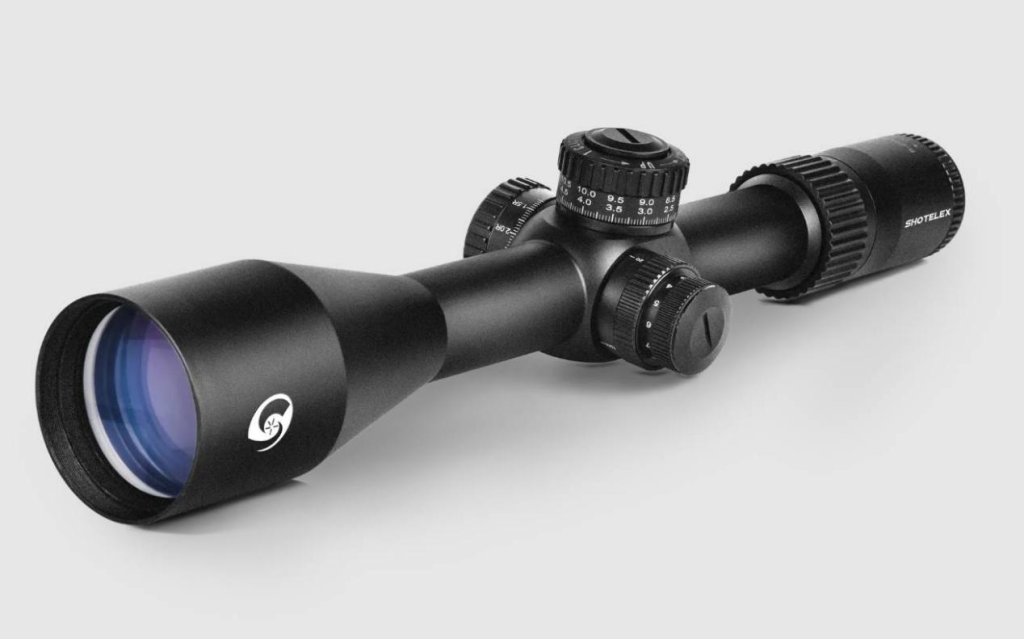
Final Thoughts
The riflescope market is evolving, with Chinese manufacturers making impressive strides by offering innovative, customizable, and affordable optics. By mastering the art of riflescope manufacturing and addressing the needs of modern hunters and shooters, they’re challenging the long-standing dominance of Western brands. When selecting a riflescope, carefully evaluate factors like optical quality, mechanical durability, ergonomics, and environmental adaptability. Considering the unique strengths of Chinese manufacturers, custom rifle scopes are now more accessible and versatile than ever, enabling shooters to elevate their skills and experiences with precision optics that meet their exact needs.requirements. Remember, a good scope not only elevates accuracy but also makes each outing more enjoyable and successful.

